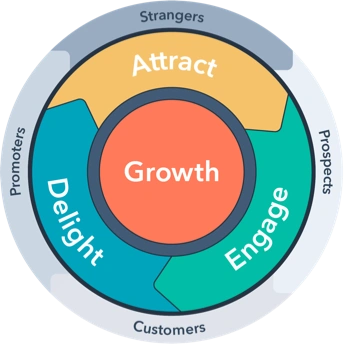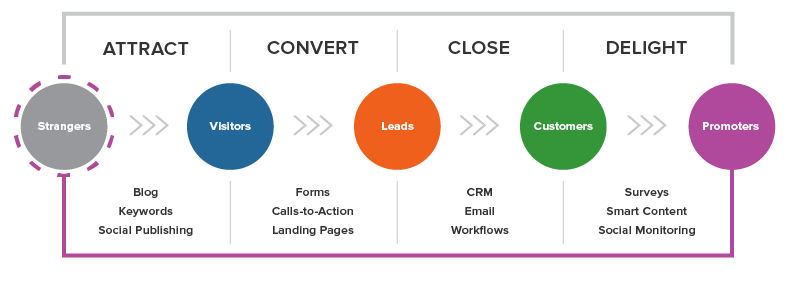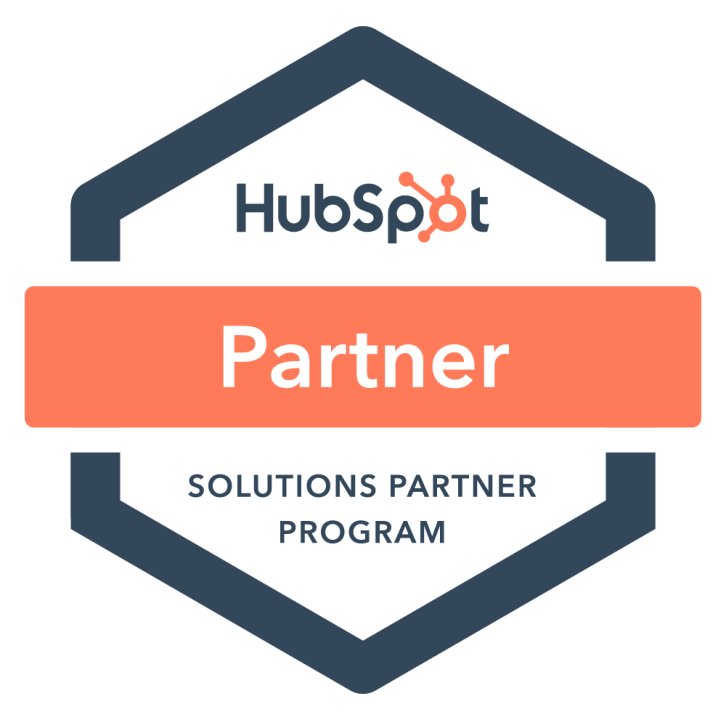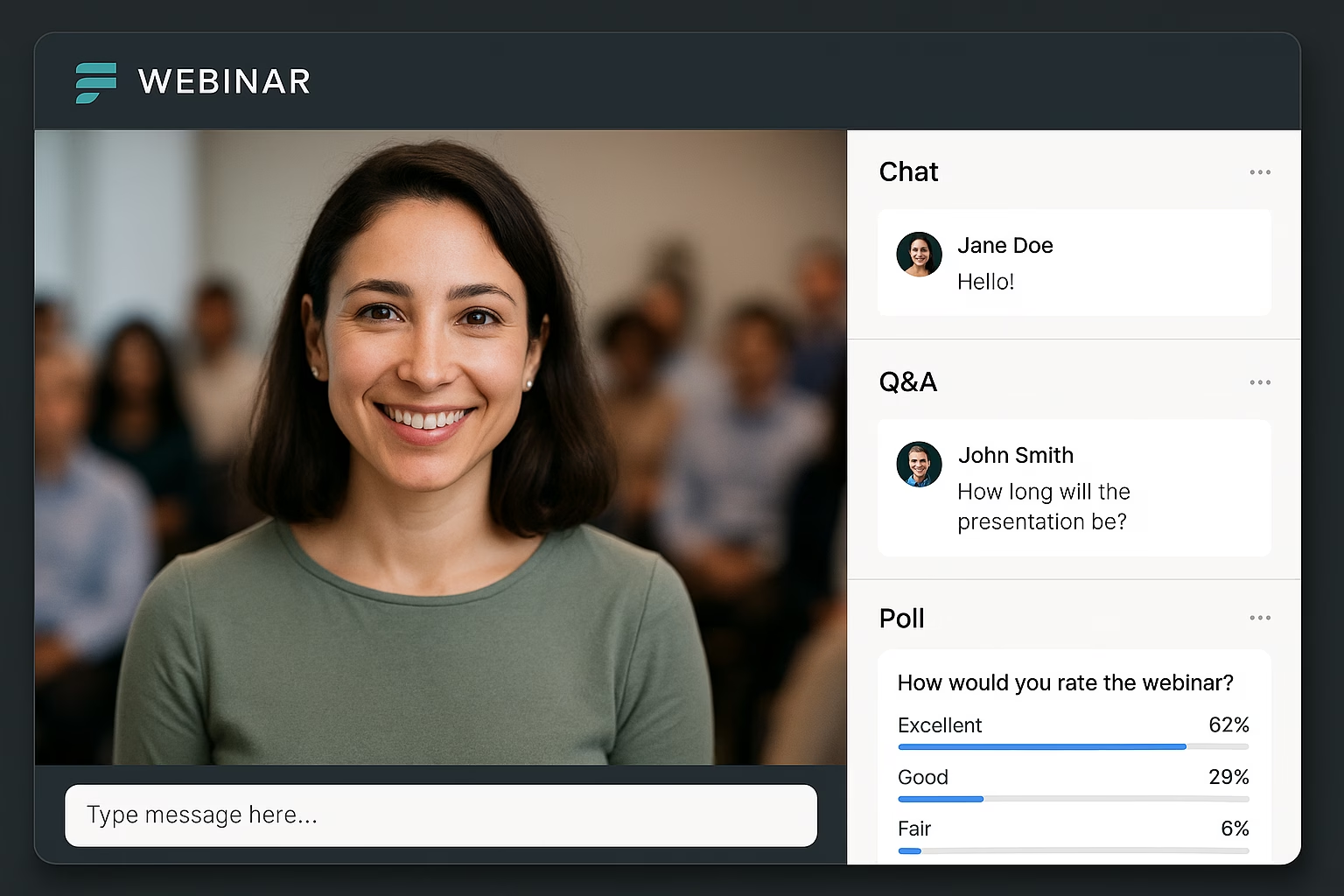By Martin H. Morrissette, Sirocco CMO – Book time with me
The Inbound methodology is a business approach that focuses on attracting, engaging, and delighting customers by providing valuable content and experiences tailored to their needs. This strategy emphasises building trust and fostering long-term relationships, aligning with the way modern consumers make purchasing decisions.
In an era where your prospects and customers are increasingly independent and well-informed, capturing their attention and nurturing it into loyalty takes more than traditional advertising. Most audiences today are selective about the brands they engage with, often looking to those that provide real value and understand their specific needs. This is where inbound marketing, popularised by industry leaders like HubSpot, truly shines. Instead of focusing on “pushing” messages out, inbound marketing “pulls” customers in through valuable content and personalised experiences. The result? A strategy that doesn’t just bring in leads but builds genuine, lasting relationships. In this guide, we’ll explore how you can leverage inbound marketing to attract, convert, close, and delight your customers, turning every engagement into an opportunity for growth and advocacy, all while using data to understand and continuously improve these efforts.
What is “Inbound Marketing”?
Inbound marketing revolves around the idea of engaging customers through quality content that educates, informs, and supports them in making decisions. It’s about meeting your audience where they are, aligning with their needs, and letting them take the lead in discovering your brand’s offerings. Unlike outbound marketing, which can interrupt and feel impersonal, inbound is about creating experiences that are both seamless and supportive of the customer journey.
Outbound marketing often relies on somewhat interruptive tactics like cold calls, direct mail, and banner ads, all of which can feel like disruptions in a customer’s day. By contrast, inbound marketing aligns with natural customer behaviours, inviting people to explore content they find relevant and insightful. This approach not only builds trust but also allows businesses to reach audiences more meaningfully, establishing credibility before a sales conversation even begins.
Core principles of Inbound Marketing
The inbound methodology evolved over time and currently rests on the below four foundational principles:
Attract – The journey begins by creating content that speaks directly to the needs and interests of your ideal customers. Whether through blogs, social media, or video, the content should offer real value, drawing in visitors who genuinely want to know more.
Convert – Once visitors engage with your content, the goal is to capture their interest by inviting them to take action. This could be as simple as filling out a form to access an eBook or clicking on a call-to-action for a personalised demo. At this stage, your leads transition from anonymous visitors to valuable contacts.
Close – Now that leads have shown interest, it’s time to deepen the relationship. Using nurturing strategies, such as targeted email campaigns and CRM insights, helps create a more personalised path to conversion, turning leads into paying customers.
Delight – Lastly, inbound doesn’t stop at the sale. The focus shifts to retaining customers and turning them into promoters. Providing valuable follow-up content, proactive support, and unique experiences ensures customers feel valued and become brand advocates.
By prioritising these principles, inbound marketing transforms marketing from a transactional encounter into a continuous relationship-building process. One of the most innovative developments in inbound marketing is the adoption of the flywheel model. Unlike the traditional funnel, which views customers as outputs, the flywheel places the customer at the heart of every part of the business model. With the flywheel, each stage of attracting, engaging, and delighting customers is not only a progression but a self-sustaining loop where positive experiences drive future growth.


Why does the flywheel model work so effectively? It prioritises momentum. For example, satisfied customers are more likely to promote your brand and refer others, fuelling the flywheel’s motion and expanding your reach organically. Each satisfied customer becomes part of your marketing force, contributing to a model that reduces the need for outbound spending and maximises ROI. Businesses that adopt the flywheel find it enables compounding growth, where each action builds on the last and customer advocacy becomes a driving force for new business. The flywheel doesn’t just seek new leads but leverages existing relationships to propel sustainable, long-term expansion.
Key elements of Inbound Marketing
A successful inbound strategy requires the integration of various tactics and tools, all working together to provide a cohesive and valuable experience. Below are some of the critical components that make inbound marketing effective. Talk to our Sirocco marketing expert to assess and improve the various elements.
Content Marketing: Providing value at every step
Content is the heartbeat of inbound marketing. Well-crafted content not only addresses your audience’s needs but also builds your brand as a trusted authority. Effective content strategies include an array of formats: blog posts that offer valuable insights, videos that visually capture ideas, eBooks that delve deeper into specific topics, and infographics that break down complex information into easy-to-understand visuals. Each piece of content serves a purpose, guiding audiences along their journey and building a foundation of trust. With each blog post or social media update, you’re laying the groundwork for connection, sparking curiosity, and fostering engagement. The content isn’t a one-size-fits-all but instead is tailored to different buyer personas and stages of the customer journey. This way, content marketing becomes a relationship-building tool, demonstrating that your brand is committed to supporting and educating customers.
SEO: Elevating your reach and visibility
Creating valuable content alone isn’t enough; it needs to be discoverable. SEO, or Search Engine Optimisation, plays an essential role in ensuring your content reaches your intended audience. From keyword research to on-page and off-page optimisation, SEO practices are critical to ranking higher in search engines and attracting organic traffic. Technical SEO, which involves improving the backend of your website, is equally important. Elements like site speed, mobile optimisation, and secure connections impact how search engines rank your site and influence user experience. A well-rounded SEO strategy not only drives traffic but also aligns with customer intent, ensuring that the people who find your content are already looking for what you offer.
Social Media Marketing: Connecting where it counts
Social media platforms are essential channels for building brand awareness and engaging directly with your audience. But inbound social media marketing goes beyond merely posting updates. It’s about creating authentic conversations, listening to what your audience is saying, and responding in meaningful ways. Each platform has unique strengths, and a tailored approach helps maximise engagement. Whether it’s LinkedIn for B2B outreach, Instagram for visual storytelling, or Twitter (well, X) for real-time conversations, meeting your audience where they’re most active allows for deeper connections. Social media is also a powerful tool for community building, giving customers a place to interact with your brand in a more personal and informal setting.
Email Marketing: Personalized communication at scale
Email marketing remains one of the most effective methods for lead nurturing. With tailored workflows, segmentation, and personalisation, email enables businesses to keep leads engaged and gradually guide them closer to conversion. Effective email marketing is driven by data, ensuring that each message resonates with the right audience based on their unique interests and stage in the buyer journey. By implementing automated workflows, businesses can maintain a steady rhythm of engagement, delivering content that’s timely and relevant. Emails serve as touchpoints, reinforcing brand value and providing a consistent reminder of your brand’s commitment to helping customers succeed. See also our blog post on B2B email marketing best practices.
Web Design and Development: Crafting an optimised user experience
The website serves as the digital front door for any inbound marketing strategy. An optimised site design is crucial to provide an intuitive, seamless user experience (UX) and an attractive, responsive user interface (UI). Visitors are more likely to engage with a site that is well-organised, loads quickly, and works flawlessly on mobile devices. A well-designed website not only captures attention but also provides a logical path for visitors, helping guide them naturally from curiosity to conversion. Optimisation ensures that your content shines while supporting the user journey, reducing bounce rates and enhancing overall engagement.
CRM: Managing and nurturing relationships
A CRM system, or Customer Relationship Management platform, is indispensable in an inbound strategy. It offers a complete view of each customer’s journey, allowing for personalised interactions that enhance engagement and retention. CRM data informs every step of the inbound process, from understanding visitor behaviours to customising outreach and nurturing leads through targeted campaigns. By aligning sales and marketing efforts, CRM platforms support cohesive strategies, where every team member is working from the same data to provide a consistent and valuable customer experience. This integration is key to turning contacts into loyal customers and, ultimately, brand advocates. We know a thing or two about CRM, so feel free to contact us.
Practical tips for implementing inbound marketing
Keep in mind, achieving success with inbound marketing requires more than just the right tools; it demands a strategic, data-driven approach tailored to your audience. Here are some practical steps to elevate your inbound efforts:
- Identify Your Target Audience: Detailed buyer personas help clarify who you’re speaking to, allowing for more precise, impactful messaging.
- Develop a Content Strategy: Plan a content calendar that aligns with your audience’s needs and interests, guiding them through each stage of the customer journey.
- Optimise Your Website: Prioritise fast load times, mobile accessibility, and an intuitive layout to ensure a seamless experience.
- Leverage SEO: Invest in ongoing SEO to improve visibility, ensuring your content reaches those searching for relevant information.
- Build a Strong Social Media Presence: Engage with your audience consistently, offering insights and conversations that add value.
- Nurture Leads Effectively: Use email marketing to maintain regular contact, sharing content that is timely and valuable.
- Measure and Analyse: Track performance metrics to identify successes and areas for improvement, ensuring your strategy evolves as you grow.
Implementing inbound successfully also requires a data-driven approach. By tracking key metrics (such as conversion rates, click-through rates, and page views) you can identify which content resonates most with your audience and where adjustments are needed. But remember, these numbers reflect real visitor experiences, so keep empathy at the forefront of your analysis. Striking a balance between data insights and a human-centric approach will help ensure that your inbound strategy aligns with both business goals and customer satisfaction. For more info about Inbound, see also this HubSpot Academy course: https://academy.hubspot.com/courses/inbound.
Let’s elevate your marketing with inbound
Today we learned that inbound marketing is a powerful approach that – when supported by data-driven insights – continuously evolves to meet your audience’s needs. By analysing what works and adapting based on real interactions, your businesses can foster deeper connections with customers while building sustainable, long-term growth. Developed by HubSpot, this methodology focuses on creating value and prioritising the customer experience. By consistently delivering helpful, high-quality content, you can attract, engage, and delight customers at every stage, turning marketing from a cost centre into a growth engine. Book a meeting with our experts today, and let’s assess your marketing needs and develop a customised inbound strategy that aligns with your business goals. Let’s get that flywheel spinning!











